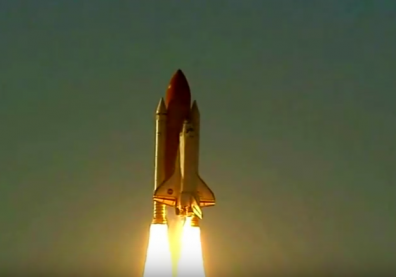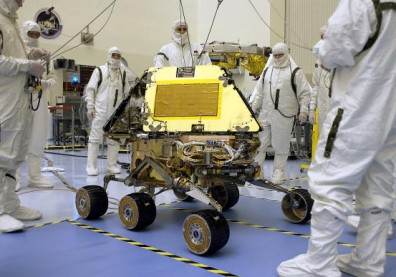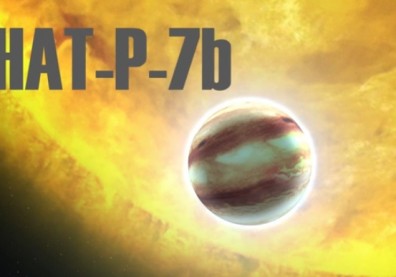A faraway star roughly 5,000 light-years away is the most spherical natural object ever measured, according to a team of astronomers. The star, called Kepler 11145123, is rounder than the sun itself.
By way of asteroseismology, the study of stars' oscillations, Dr. Laurent Gizon and his team uncovered the oblateness of Kepler 11145123. Dr. Gizon is of the University of Göttingen's Max Planck Institute for Solar System Research.
Kepler 11145123 Is More Spherical Than The Sun
The Oxford Journals states that Kepler 11145123 beats the Sun, the Earth, and every other object that's ever been measured in terms of roundness. As observed by the Kepler space telescope, the distant star's natural oscillations were the focal point of Dr. Gizon and team members over a period of 51 months. Dr. Gizon and his team observed Kepler 11145123 from 2009 through 2013.
Through asteroseismology, it was revealed that the difference between the polar and equatorial radii of the star is merely three km. The number is surprisingly small in contrast to the star's mean radius, which is 1.5M km.
"This makes Kepler 11145123 the roundest natural object ever measured, even more round than the Sun," Dr. Gizon said in statement at the Max Planck Institute for Solar System Research's official website.
More On Kepler 11145123 & Future Space Missions
Prof. Gizon and team members opted for Kepler 11145123 because it supports purely sinusoidal oscillations. The Kepler mission led by NASA detected the intermittent contractions and expansions of the star through its fluctuations. For this specific study, the researchers compared the frequencies of the modes of oscillation that react to the low latitude regions, as well as the frequencies of the modes that react to higher latitudes.
Kepler 11145123, also known as KIC 11145123, isn't the only star with perfect oscillations. "We intend to apply this method to other stars observed by Kepler and the upcoming space missions TESS and PLATO...An important theoretical field in astrophysics has now become observational," says Dr. Gizon.










